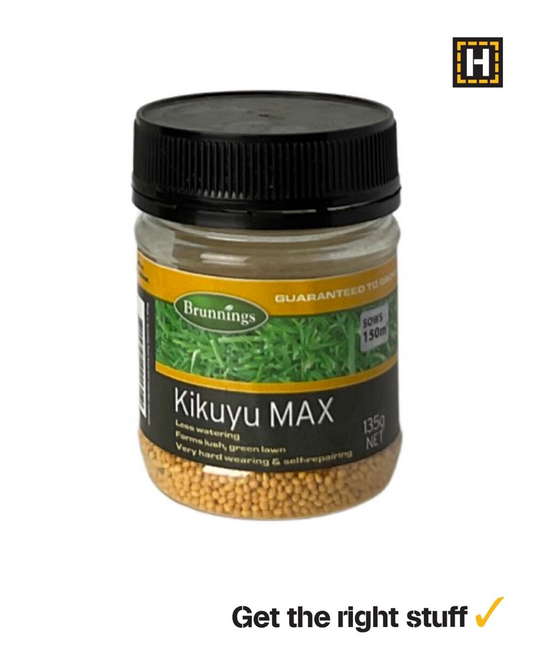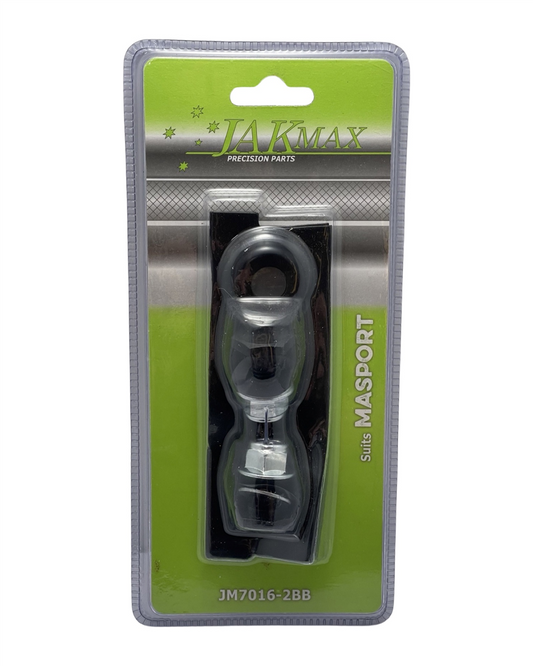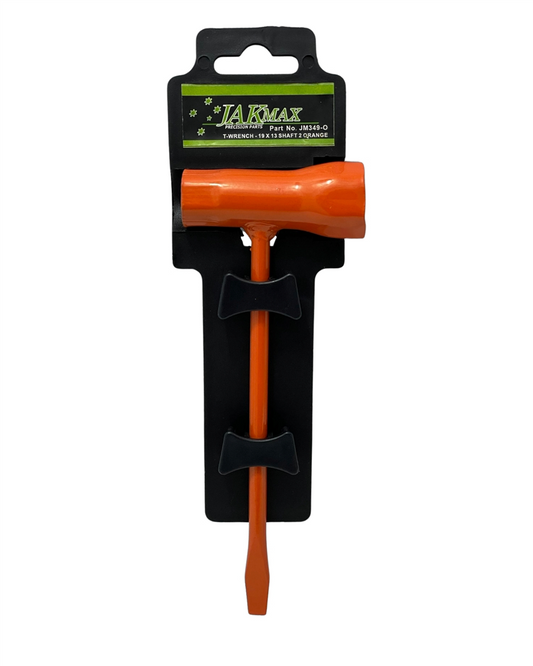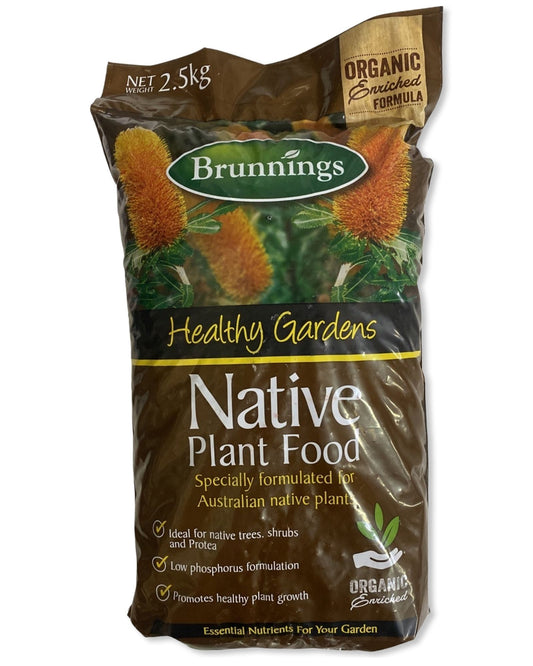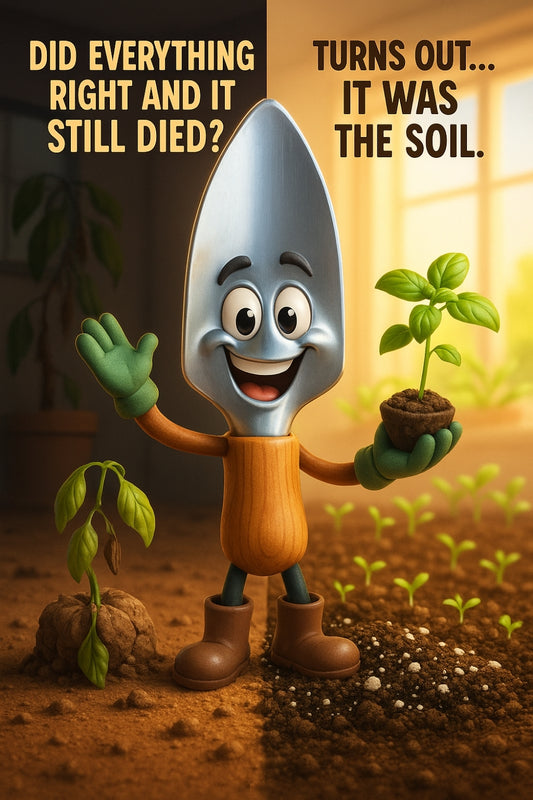ABC Gardening says this trick rescues droopy leaves — if your Monstera’s drowning, read this
Share
How a Soaked Monstera Can Bounce Back to Jungle Glory
Your Monstera’s leaves are drooping like forgotten laundry. The soil’s still wet days after watering, and those once-glossy green beauties are now tinged with yellow. Sound familiar?
This isn't the end. Overwatering happens even with the best intentions — especially when you’re trying to show your houseplants a bit of love. But here’s the good news: with a few simple steps, you can revive your Monstera and get it growing happy again.
If you act quickly and confidently, even a soggy, struggling Monstera can perk up in as little as two weeks — roots recharging, leaves lifting, and new growth peeking through.
What Overwatering Really Does to Your Plant
When a Monstera is overwatered, its roots can’t breathe. They drown. Then, rot sets in — silently at first — until the plant's drinking system stops working altogether. The signs creep in:
- Yellowing leaves (especially the lower ones)
- Brown or black leaf spots
- Mushy or foul-smelling roots
- Soil that never seems to dry out
Surprisingly, this is one of the most common issues beginner plant parents face. You’re not alone — even experienced green thumbs get caught out during cooler months when evaporation slows.
Step 1: Assess the Damage (Be Gentle!)
Take your Monstera out of its pot and inspect the roots. Healthy roots are firm and white. If they’re brown, mushy, or smell like compost gone rogue — they’re rotting.
Using sharp, clean scissors or a sterilised tool, trim away the damaged roots. Be brave here. Cutting them out gives your plant a real chance to recover.
Step 2: Repot with Fresh, Free-Draining Mix
Monsteras don’t like wet feet. That means the potting mix needs to breathe. Use something loose and airy — a combo of quality indoor potting mix, perlite, and orchid bark works wonders.
Tip: At our garden centre, we stock proven indoor mixes and chunky bark that's just right for Monsteras and fiddle-leafs — the kind that drains fast and keeps air flowing to roots.
Step 3: Pick the Right Pot
This is not the time for a fancy pot with no drainage. Choose a pot with several holes in the base, ideally one size larger if your plant had serious root loss. Avoid going too big — extra soil will stay wet longer.
Step 4: Hold Off on Watering (Really!)
Once you’ve repotted your Monstera, resist the urge to water straight away. Let it rest for a day or two to let cut roots callous and recover. Then water lightly — just enough to moisten, not soak.
Going forward, a good rhythm is to water only when the top 4–5 cm of soil feels dry. In cooler months, that might mean every 10–14 days. Check with your finger, not a calendar.
Step 5: Choose the Right Spot
Monsteras are light lovers — but not sun worshippers. Place yours in a bright room with filtered light. Somewhere it can feel the morning sun dancing through the curtains — not baking under direct rays.
Warmth matters too. Avoid drafts or spots near heaters (which dry everything out). Plants like consistency just as much as people.
Step 6: Wait, Watch, and Support
Give it time. You might not see changes overnight, but if the new soil drains well and you’ve trimmed the rot, you’ve already done most of the heavy lifting. In a few weeks, you could spot crisp new leaves unfurling — your Monstera’s way of saying “cheers.”
Overwatering Isn’t Failure — It’s Feedback
Let this moment change how you grow. Overwatering isn’t a flaw — it’s your plant telling you it needs a little less softness and a little more structure. It’s a reminder that care means observation, not over-protection.
So next time your Monstera gives you a yellow-leaf scare, you’ll know what to do. And maybe next time, you’ll catch the signs sooner. That’s how confident gardeners are grown — not from perfection, but through practice.
Until next time — water wisely and grow well 🌱
— Candeece
 Stay Connected
Stay Connected
Join our gardening community on Facebook: Urban Gardener's Notebook
And follow our Store Facebook Page: Strathalbyn H Hardware on Facebook


